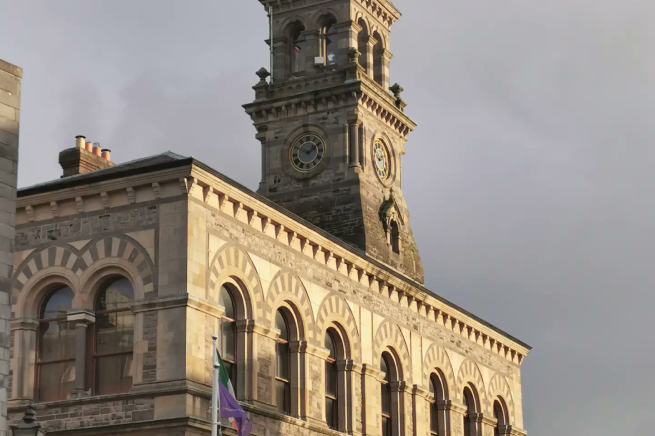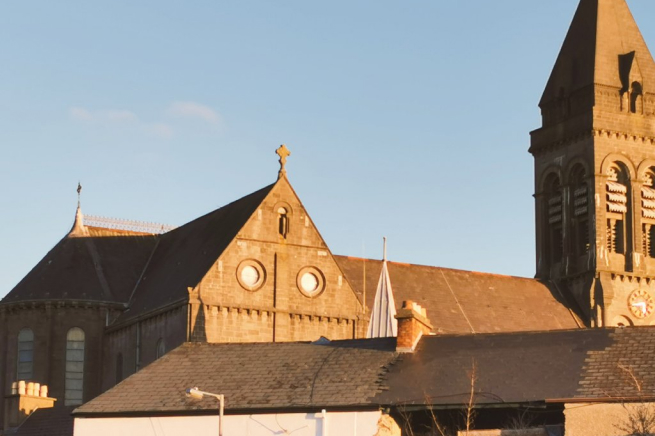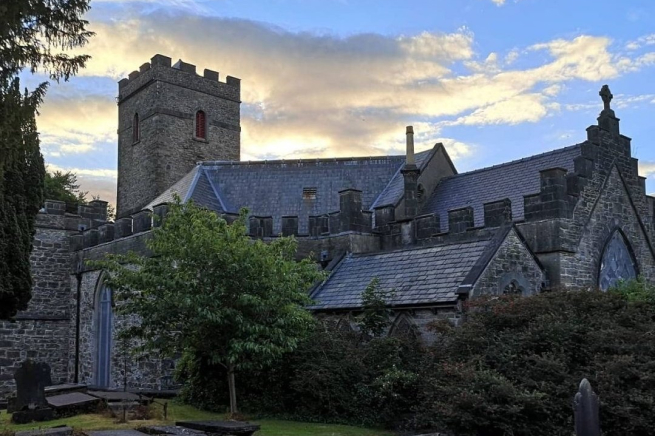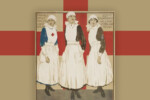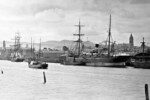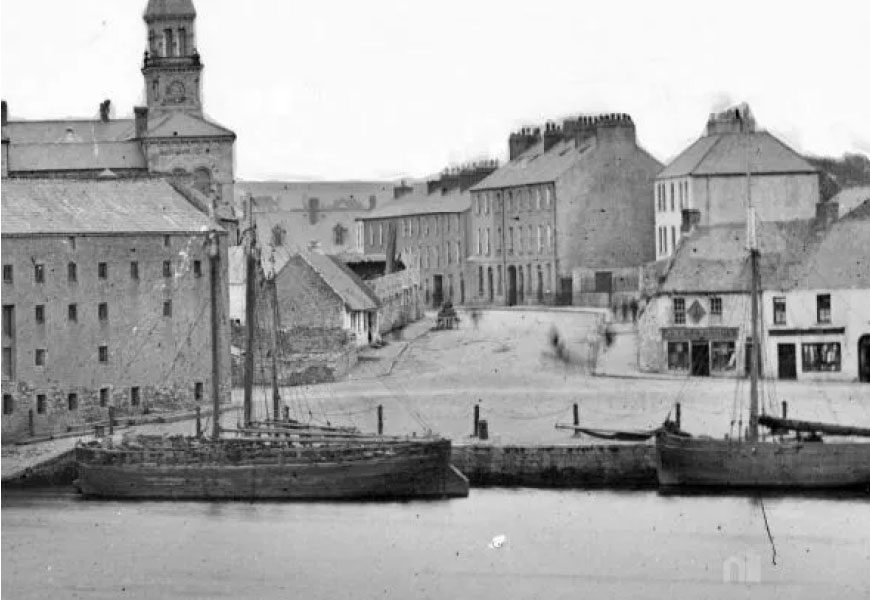
Storm Surge Floods Sligo 1884
The morning of the 26th January 1884 started fine and sunny, and the streets of the town were thronged with shoppers as it was a Saturday and Market day. By the afternoon, dark clouds blanketed the sky, and sharp whistling sounds were heard as the wind increased in strength. Strong gusts blew through the streets, described as a tornado. As the storm raged, the streets were deserted. Shoppers fled the streets, and the shopkeepers had difficulty putting up their shutters. The public lamps could not be lit while slates, bricks and chimney crocks rained down into the streets below. This was only the start, though, as storm surges at sea along with the high tide at 4.30 pm that day caused severe flooding, described at the time as a tidal wave.
“This invasion of the sea was as sudden as it was disastrous. Without warning, waves rolled in over seaside promenades and high walls near the sea, flooding fields and gardens. Between 4 pm and 6 pm, this sea invasion struck terror into people living along the seaboard. The water invaded houses, smashing up furniture and sent the occupants fleeing to the top floors or seeking shelter wading through three or four feet of water.”

Town Centre
In Sligo, the effect of the tidal wave, accompanied by such a high tide, was to flood a portion of the town. The saltwater went over the lower weir while it was difficult to stand on Victoria Bridge. Water lane, Cochran’s Mall, and the Riverside were partially flooded. Tobergal Lane became reminiscent of a Venetian canal where a gondola could be hired. The inhabitants of this area had to flee to the attics, and it was with difficulty they saved any of the downstairs furniture. The water flew up the spacious sewer which runs up Knox’s Street. They were all inundated with floodwater at the rear of the premises on the north side of Knox’s Street. The water rushed in both front and back in some cases. In Stephen Street, Mr Smith’s cutlery establishment (Barton Smiths), which borders the river, badly flooded its basement. Robert Whittaker’s saddlery was also inundated, as was Golden’s, McPhail’s and Thomas Connolly’s. In the ‘Borough’, the houses behind the Townhall were flooded, the water rushed in over the quay.
Finisklin and Gilbraltar
In Finisklin, the far house, a small cottage inhabited by a widow, Mrs Gilgan was destroyed, with clay from a cliff washed into her home, and she lost all her furniture, bedding and clothing. The houses in Alma Terrace had their windows and doors smashed, and the furniture and possessions on the ground floor were destroyed. At Gibraltar, the sea wall was washed away, and fields flooded. At Far Finisklin, a row of cottages were surrounded front and back, with the sea rushing in like a monster torrent.
Cartron and the Workhouse
The water rushed through the gap in the sea wall at Cartron with a mighty force, carrying with it huge baulks of timber and punts (boats) which had been torn from their moorings in the river and along the quays. One 5-ton punt was carried into the Duck Street reservoir, becoming a swollen lough.
When the waters got as far as the Workhouse, the destruction continued, with a large portion of the boundary wall and part of the Porter’s Lodge being thrown down. The unfortunate residents of Ash Lane had to run for their lives and leave everything behind them. The residents of a row of houses, known as Knaggs Row, which faces the Cartron Gap, suffered much. A woman named Kimmet and her children was saved from being swept into the sea near the Duck Street reservoir. At Carton Hill, the bridge was washed away apart from the arches remaining, and the home occupied by a man named Harte located at the foot of Cartron Hill was wrecked when a large raft crashed into it.
Harbour/Ballincar
At the harbour area, the dredger was engaged in dredging the channel on Saturday between the Quays and the Ballincar Mill. When the storm broke, the dredger was driven from the moorings near Ballincar. There were six of a crew on board, and tragically, one man named Patrick Verdon of Holborn street was drowned. Verdon and two other men became panicked and left the dredger when it landed beside a marsh near Stand-Alone-Point, but Verdon was blown back by high winds into the sea.
The following morning for those lucky to live in the surrounding hills around the town, counted their blessings as the destruction and desolation had never been seen in their lifetime.





